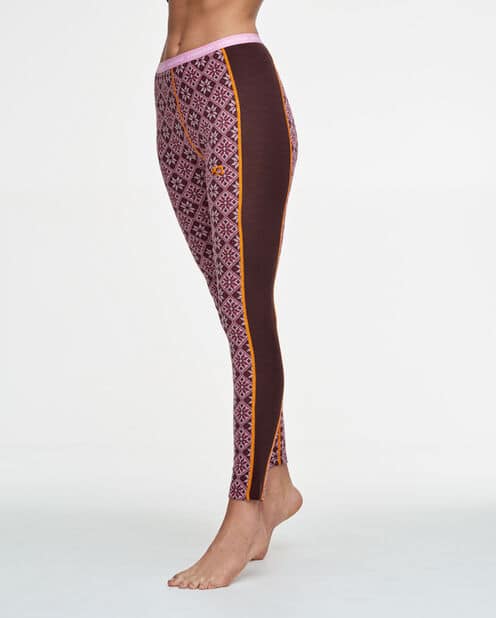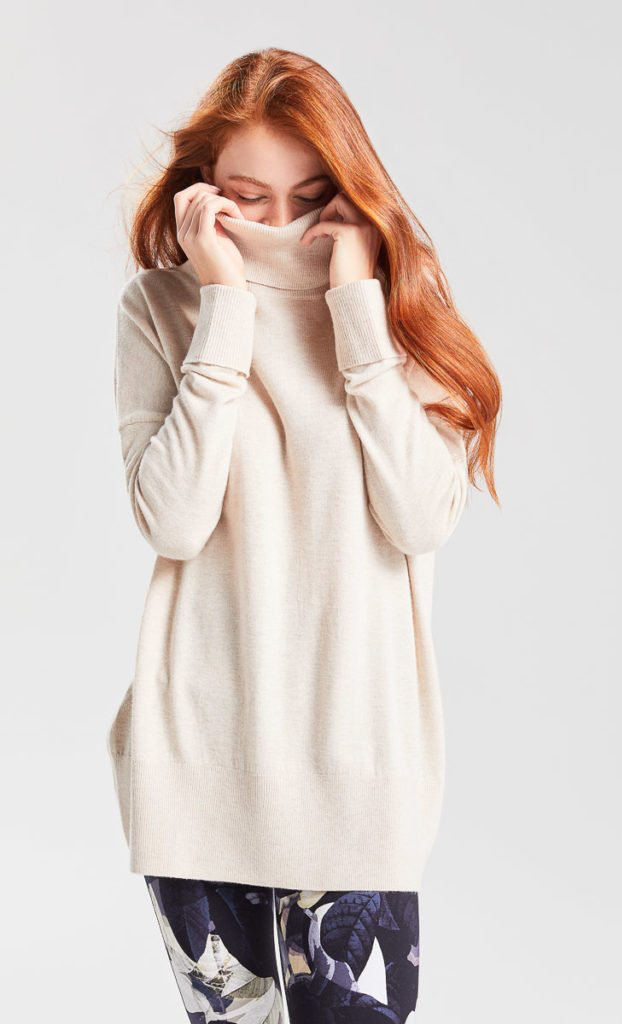Best Ideas For Selecting Merino Wool Base Layers
Wiki Article
Why Are Base Layers Made Of Yak Merino A Great Material For Winter Sportswear?
Because of the combination and advantages of yak and Merino Wool, base layers can be used effectively for winter sports clothing. The hollow fibers hold in air and create an excellent insulation. The fabric is made warmer when combined with merino, which has excellent insulation properties.
Merino Wool has properties that help to wick moisture. This means that it can draw moisture from the skin and release it to the air. It also keeps the wearer dry. The yak wool is also moisture-wicking, which complements the merino wool. This combo regulates your body's temperature by keeping the moisture out of the skin, even during vigorous physical activity during colder weather.
Merino Wool is renowned for its softness and comfort. The fine fibers make it less likely than other wools to cause irritation. It is a blend of soft and smooth yak-wool fibers, this wool is very comfortable.
Odor resistance- Both Merino wool and Yak wool have antimicrobial qualities that prevent the growth of bacteria that cause odor. This feature allows the garment to remain fresher even when used for long periods of time.
Durability- Yak wool is extremely strong and durable. When it is combined with the toughness of merino wool it creates a fabric that is able to withstand the wear and tear that comes with sports and outdoor activities.
Temperature Regulation. Yak Merino wool's insulating characteristics aid in regulating the body's temperature to keep wearers warm in freezing temperatures. It also breathes for periods of high activity.
Sustainability in the Environment Merino wool and yak wool are both sustainable fibers that biodegrade and are therefore eco-friendly options for winter sportswear.
These characteristics are what make yak merino base layer the ideal choice for winter sportswear since they offer warmth and comfort, control of moisture and toughness. Take a look at the most popular merino wool base layers for more tips including smartwool 250 base layer, best long underwear for skiing, wool undershirt women's, merino wool long underwear women's, smartwool base layer, ski thermals, merino base layer mens, merino wool thermals women's, smartwool classic thermal merino quarter zip base layer top women's, sweaty betty base layers and more.

What Are The Benefits Of Wearing Bamboo Clothing With Regard To Thermal Regulation And Uv Protection, Biodegradability And Environmental Impact.
Regulation of Thermal Regulation-
Insulation- Bamboo fabric is naturally thermally regulating that provide warmth in cold temperatures while remaining air-conditioned. It regulates the body's temperature by holding heat when temperatures are cooler and also allowing airflow to prevent overheating while exercising.
UV Protection
UV Resistance - Bamboo fabrics offer natural protection against harmful UV Rays. The bamboo fabric can block up to a third the UV radiation.
Biodegradability-
The bamboo clothes are environmentally friendly. They can be biodegradable. They are able to break down naturally and do not harm the environment. This helps reduce the amount of clothing that is thrown away and the environmental impact.
Environmental Impact-
Bamboo is a very durable raw material. It grows quickly and abundantly, without chemical fertilizers. Fast expansion makes it a sustainable resource.
Bamboo is a water-wise crop that has a lower requirements compared to cotton or other crops. This makes it more efficient in terms of water use. This is crucial to conservation efforts, as it helps reduce pressure on the water supply.
Soil Conservation
Soil Health: The cultivation of bamboo does not generally deplete soil nutrients or require extensive irrigation. It helps improve the health soil conditions and reduces use of harmful methods for agriculture.
Carbon Sequestration
Carbon Absorption - Bamboo plants can absorb more CO2 and release more oxygen into the air compared to some other species. This ability can lower carbon dioxide emissions and combat global warming.
Bamboo's thermal regulation clothing as well as its UV protection, its biodegradability and positive environmental impact are reasons why it is a top choice among those looking for practical and sustainable clothes. These attributes are in line with environmentally mindful practices and offer benefits for the environment and wearers. Have a look at the top rated extra resources for more info including bamboo clothing, carter's bamboo pajamas, bamboo terry fabric, bamboo newborn clothes, clothes made from bamboo, bamboo under wear, bamboo trousers women, bamboo jeans, bamboo shirt, short bamboo and more.

What Are The Differences In The Texture, Warmth And Absorption Of Merino Or Bamboo Compare To Wool?
In comparison, merino wool is compared to traditional wool and bamboo clothing in terms texture, warmth as well as moisture absorption. the texture.
Merino Wool Merino Wool, often referred to as fine-fibered wool, is known for it's more supple texture and soft fibers. It is often regarded as more comfortable to the skin.
Bamboo Clothing Bamboo clothing has a silky, smooth texture that is often compared with luxurious materials like cashmere or silk. Bamboo has a soft and soft texture, making it comfortable to wear.
Traditional Wool - Traditional wool's texture could differ. Some types are coarser and cause more itchiness than bamboo or merino clothing.
Warmth-
MerinoMerino Merino provides exceptional warmth thanks to its insulation capabilities. It keeps warmth even in damp conditions and is a great insulation choice in cold weather conditions.
Bamboo Clothing is also warm however, it is not as protected as the merino. Bamboo clothing regulates body temperature well and is comfortable under all circumstances.
Traditional Wool: Similar to merino, merino provides warmth, insulation and comfort. However, it can sometimes appear heavier or bulkier when in comparison to bamboo or merino clothes.
Moisture Absorption-
Merino Wool - Merino Wool has excellent water-wicking properties, allowing moisture to escape from your skin and evaporate. Even when damp, it remains warm.
Bamboo Clothing - Bamboo fabric will help wick away moisture making it comfortable for active people. It's a good moisture-regulating material, which keeps the wearer's skin dry.
Traditional Wool- Although wool has the ability to absorb water, it does not possess the same characteristics of moisture wicking like bamboo or merino. Wool is heavy and damp when wet.
Merino wool is known for its softness, warmth and moisture-wicking abilities. Bamboo clothing offers a silky and smooth texture, sufficient warmth, and great moisture regulation. Traditional wool may vary in texture, and could give warmth and absorption of moisture however it may feel coarser or heavier in comparison to bamboo or merino clothes. Each type of material has distinct properties to cater for different preferences in clothes. Have a look at the recommended bamboo winter clothing for website advice including long john merino, smartwool base layer womens, merino wool thermal underwear, merino wool layers, wicked wool base layer, spyder baselayer, merino wool ski base layer, merino wool thermals mens, merino wool thermal underwear, wool long johns women's and more.
